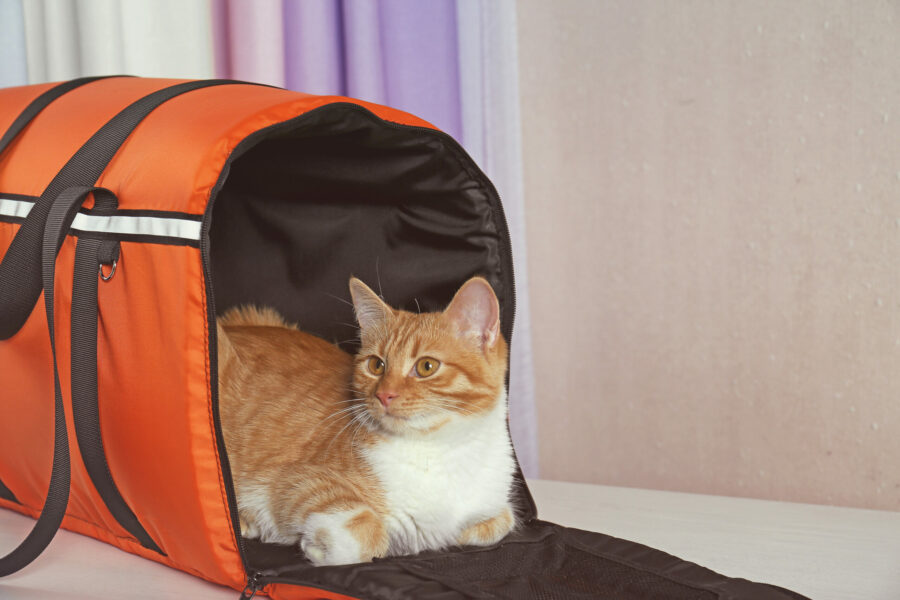Ramona MarekIf you have a veterinary practice or manage a shelter, you’re likely familiar with pheromone products available in the form of diffusers, sprays, wipes, or collars. These products claim to stop unwanted behaviors such as scratching, spraying, litter box mishaps, hiding, and fighting. Do they really have those properties, and should you recommend them to clients or adopters? Let’s dive into the science of pheromones: what they are, how they work, and whether they can help cats.
Pheromone History
Scientists have long been fascinated by the notion of chemical communication between members of the same species. The first pheromone, a female silk moth secretion, was chemically identified in 1959 by German chemist Adolf Butenandt and his team.
Pheromones are odorless, colorless chemical signals used as a form of intraspecies scent communication. When detected they cause physiological and behavioral changes.
What Pheromones Do
Pheromones have a broad range of purposes that include alarm signaling, mating, social interactions, territory marking, and maternal bonding. Cats of all species send and receive messages via the pheromone message board.
Pheromones are secreted by specialized sebaceous or mucous glands on the body. For cats, these include facial glands (on chin, cheeks, and forehead), anal glands, paw pads, and mammary area.
When cats rub their heads against people, furniture, or objects, comforting pheromones are released from the cheek glands, marking this place as a comforting one for future feline reference.
Anal glands release pheromones in urine and feces that deliver messages regarding mating viability, expression of fear or stress, or territorial response (think urine marking or spraying). Scratching, a natural cat behavior, releases pheromones from the paw pads. Scratching delivers scent and visual cues about territorial ownership to other cats.
Mammary pheromones are activated in nursing mothers when kittens suckle. Kittens detect the pheromones, which produce a calming response. It also helps kitten and mother cat recognize each other if they become separated.
Pheromones are detected through the complex olfactory system and received via the nasal cavity, lined with millions of olfactory receptor cells. Once detected, cats tongue-flick the molecules to the vomeronasal, or Jacobson’s, organ, located on the roof of the mouth. This stimulates the flehmen response, which causes the mouth to gape open. It may look like a sneer, but this active process enhances pheromone perception. The pathway continues to the brain, which produces a behavioral or physiological response.
Natural pheromones perform a variety of important functions, but what about synthetic pheromones?
Using Synthetic Pheromones
Synthetic pheromones are lab recreations that mimic natural pheromones to help promote a sense of calm and security in stressful situations. The idea is to build a sense of confidence and prevent or alleviate fear, anxiety, and stress (FAS) and related behaviors such as spraying, scratching, and intercat aggression. They are not sedatives, essential oils, or medication.
The first companion animal pheromone product, Feliway Classic by Ceva, debuted on the pet market in 1996. This product, available in spray and diffuser, is a copycat of the feline F3 facial-marking pheromone deposited when cats rub their cheeks on objects, marking the area as safe. Feliway MultiCat, based on the cat appeasing pheromone (CAP), premiered in 2016. CAP originates in the mammary region of nursing mothers and provides a sense of safety, security, and harmony. It helps to reduce conflict and social tension in multi-cat households. Feliway Optimum is the latest diffuser product. FELIWAY Optimum may help to reduce scratching, urine spraying, tension and conflicts between cats, fears, and reactions to changes.
Synthetic pheromone products can be layered and used together in the clinic, shelter, or home. For example, Feliway Classic and Feliway MultiCat diffusers can be used together in exam rooms, shelter cat rooms, and in homes. The diffusers can also be used in combination with the spray Feliway Classic on towels or mats in an exam room, shelter cat living area, or on a cat’s favorite blanket or carrier. In the home, Feliway Optimum can be used in preferred scratching areas.
Other companies have launched similar products, and there are dog versions too. Dog and cat products can be used together to promote peaceful compatibility in multi-pet homes. Because pheromones are species-specific, cat pheromones don’t work on dogs and vice versa.
Does this mean clients or adopters can plug in a diffuser, snap on a collar, or spritz a blanket and expect immediate and magical behavior changes? No. Some cats may be more receptive to pheromones and alter their behavior, but pheromone products aren’t magic elixirs. The underlying cause of the stress must also be identified and resolved.
Synthetic pheromones are an aid in a behavioral plan, not a one-size-fits-all cure. “Synthetic pheromones can be successful when a client follows the written-out behavior plan,” says Rachel Geller, Ed.D., Certified Cat Behaviorist. “Sometimes the addition of synthetic pheromones allows the cat to better access the behavior program. Alone, the products usually aren’t enough to resolve the problem but when used with behavior modification they can resolve some of the emotional part of the problem for the cat. I never put a timeline on resolving cat behavior problems. In these matters, it’s best to go at the cat’s pace!”
Whether used in veterinary clinics, shelters, or homes pheromone products are designed to bolster a sense of calm, comfort, and positive feelings in stressful environments. It’s important to assess the environment from the cat’s perspective.
- Trips to the veterinarian usually induce high levels of FAS. Before the trip, advise clients to spray the carrier and a towel with the synthetic pheromone, and wait about 15 minutes for the alcohol to evaporate before putting the cat inside the carrier. Cover the carrier with the towel. The calming effect lasts four to five hours.
- Scratching and spraying. “Synthetic pheromones can be used if you have a cat who is peeing to mark his territory. Cats don’t pee on territory where they facially mark, so these products trick the cat into thinking he has already marked the territory as his own,” says Dr. Geller.
- Litter box avoidance. First, schedule a vet visit to rule out medical conditions. Recommend that clients set up the litter box arrangement to optimize cat-friendly preferences (size, location, number, preferred litter). Keep it clean! Owners should avoid punishing cats and add positive social interactions.
“Synthetic pheromones are especially helpful for those times where everything is completely new. Examples are moving to a new home, buying new furniture, or putting in new carpet. These products can be used on unfamiliar objects in the home to help a cat feel more safe and secure with them,” says Geller. Suggest that clients use the products in their home before bringing home a newly adopted cat to provide a sense of comfort and security upon arrival.
When a cat’s sense of wellbeing is disrupted, they can become stressed. Stressors can be environmental, physiologic, or social. Stress can be mild, moderate, or severe, temporary, or chronic.
Stress has a profound effect on emotional and physical health and behavior. Stressed cats may refuse to eat, become ill, or develop serious behavior problems. Minimizing stress is crucial to the health and wellbeing of cats. Synthetic pheromones can help to make cats feel safe and secure in their environment.
“Many times, cat behavior is 100-percent fixable and solvable through consistent behavioral interventions that are developed by looking at what is happening from the cat’s point of view. There is always a reason! If there is more going on, such as an emotional issue, stress, or anxiety, pheromones and even a pharmacological approach can be considered,” Geller says.
Pheromone products are versatile and easy to use, and they can be used in combination with a behavioral plan and medical treatments. While not magic, they may be the essential element your feline patients or shelter cats need to ensure a healthy, happy life.
Sources
Rachel Geller, Ed.D., Certified Cat Behaviorist
Gary Landsberg, DVM, DACVB, DECAWBM (CA). Fear Free webinar. The Science for Pheromone Therapy: Show Me the Evidence.
American Scientist. How Animals Communicate Via Pheromones. Tristam Wyatt.
https://www.americanscientist.org/article/how-animals-communicate-via-pheromones
Tristram D. Wyatt, Pheromones, Current Biology, Volume 27, Issue 15, 2017, Pages R739-R743,
ISSN 0960-9822, https://doi.org/10.1016/j.cub.2017.06.039.
https://www.sciencedirect.com/science/article/pii/S0960982217307765
Prior, Miriam Rebecca, Mills, Daniel Simon. Cats vs. Dogs: The Efficacy of Feliway FriendsTM and AdaptilTM Products in Multispecies Homes. Frontiers in Veterinary Science Volume 7, 2020, Pages 399. ISSN 2297-1769, DOI 10.3389/fvets.2020.00399.
https://www.frontiersin.org/articles/10.3389/fvets.2020.00399/full
This article was reviewed/edited by board-certified veterinary behaviorist Dr. Kenneth Martin and/or veterinary technician specialist in behavior Debbie Martin, LVT.
Ramona D. Marek, MS Ed, is an award-winning writer and 2017 recipient of the prestigious Fear Free Pets Award. She writes about pet care, health and behavior, and cats in the arts. She’s also the author of “Cats for the GENIUS.” Her feline muses are Tsarevich Ivan, a joie de vivre silver tabby Siberian, and Natasha Fatale, a full-time diva dressed as an “anything but plain” brown tabby. You can read more about Ramona and her work at www.RamonaMarek.com.
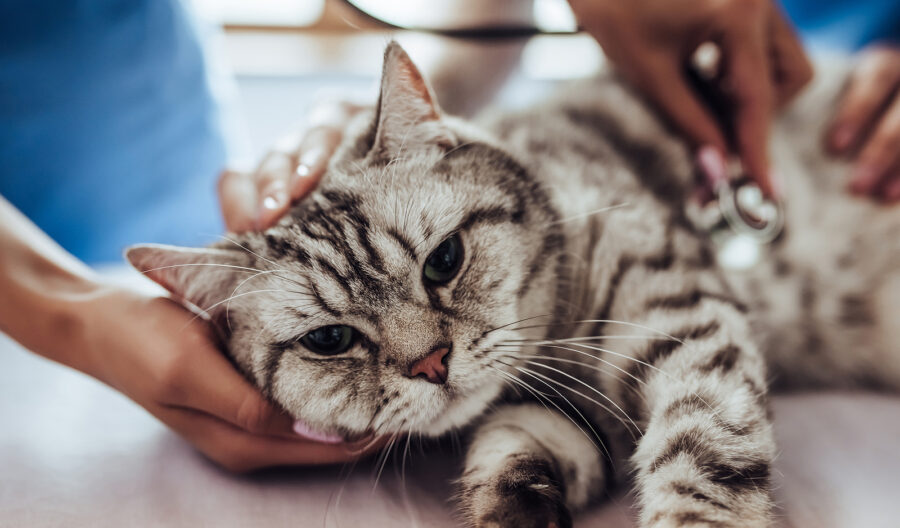
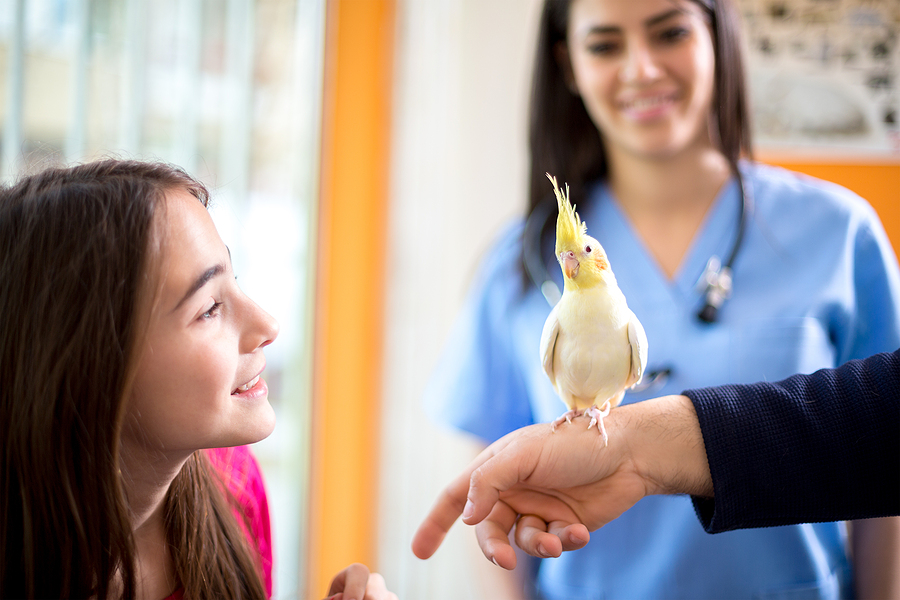

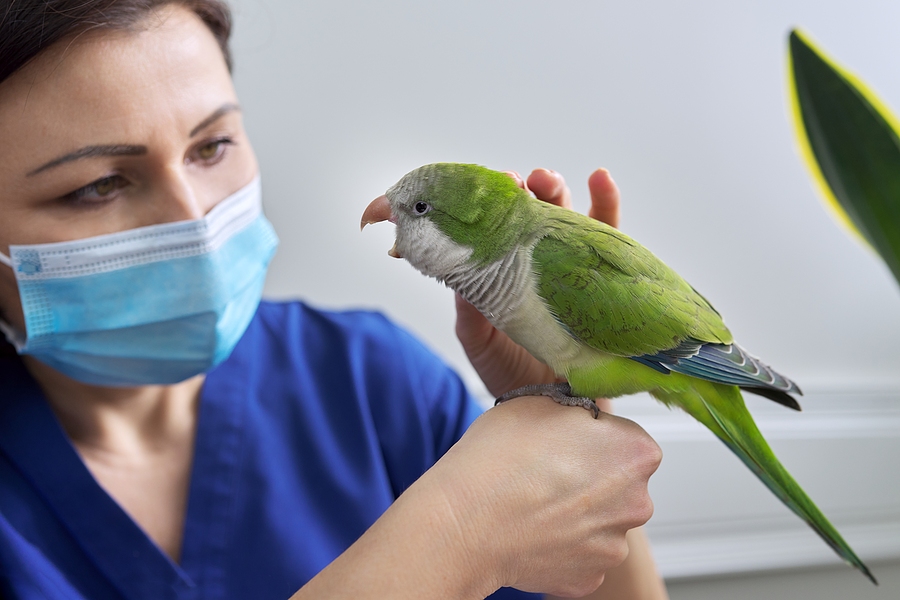

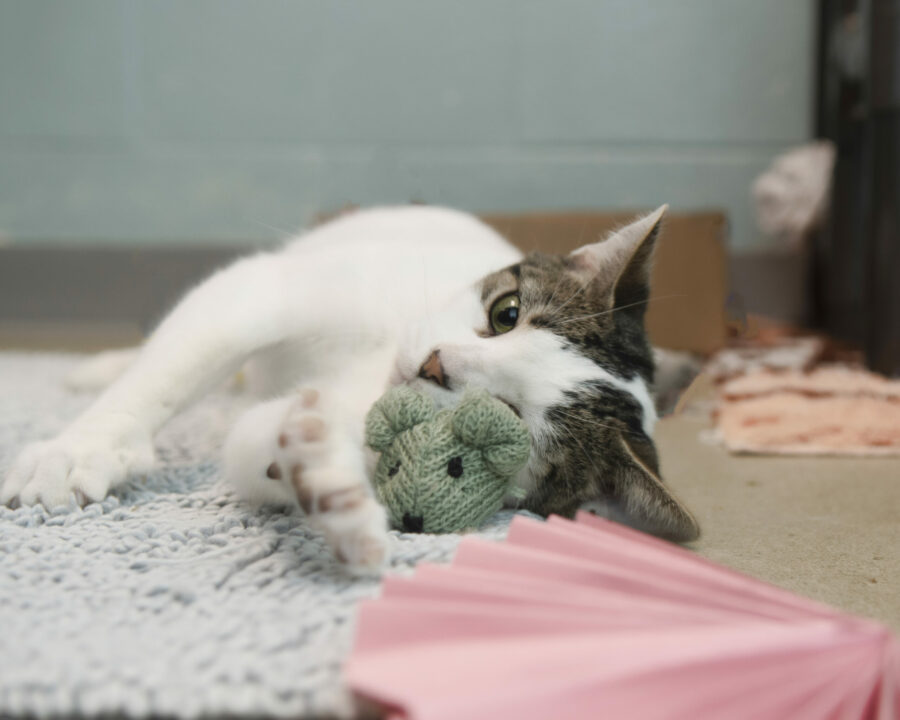
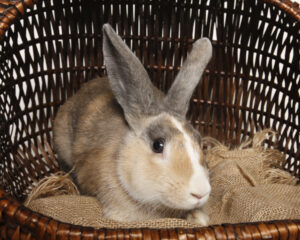 Whenever she’s in the veterinary suite, she remembers her Fear Free training. “They are already in pain and probably very stressed,” Killen says, “but by keeping calm, quiet, and moving slowly and predictably, I can help prevent that stress level from rising, which could make them feel even worse.”
Whenever she’s in the veterinary suite, she remembers her Fear Free training. “They are already in pain and probably very stressed,” Killen says, “but by keeping calm, quiet, and moving slowly and predictably, I can help prevent that stress level from rising, which could make them feel even worse.”

